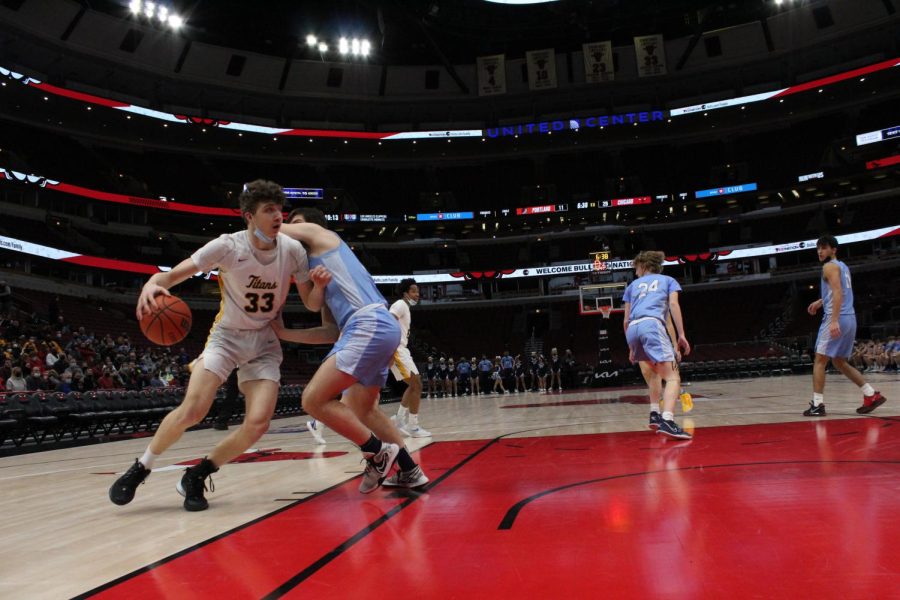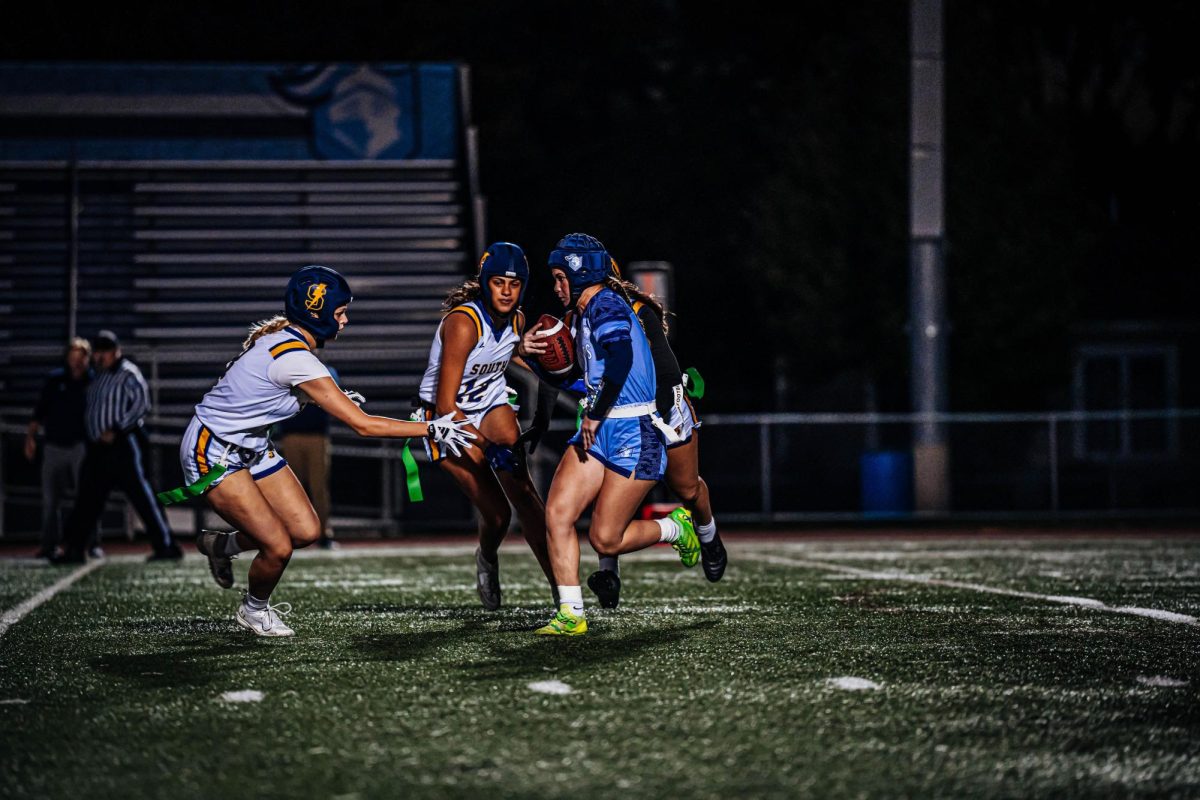Long gone are the days when women were exclusively relegated to the sidelines or stands to cheer. Since Congress passed Title IX in 1972, women and girls’ youth sports programs have grown at an impressive rate. From the University of Connecticut Huskies to the Williams sisters, women are here to play and here to stay.
While there are many more opportunities for female athletes, men’s programs often have more support and funding, mostly because men’s programs are generally more popular. And that’s okay.
What’s not okay is when athletes are treated differently because of their gender. Girls are not more fragile than boys just because they are girls.
What I’m talking about are the uncomfortable, thick hunks of plastic more commonly known as softball face masks. Yes, you’ve seen them. For those of us who have had to wear them, they are as difficult to wear as they are to look at.
Touted as necessary for safety, face masks are required headgear in many girls’ softball leagues at the pitcher’s position as well as other infield positions. Some coaches even require it for all players, regardless of position.
Last time I checked, boys’ little league teams do not have the same requirement. Instead, boys are allowed to learn how to field a ball with confidence, even if that means they get hit in the face with it.
Okay, getting hit in the face with a ball is not the best way to learn, but the point is that boys are allowed to learn while girls are protected.
It’s extremely difficult to argue against a safety measure, especially when there are significant anecdotal stories of severe, even life-threatening, injuries. But what’s overlooked is that those same injuries exist in baseball, yet nothing even exists to protect a baseball fielder’s face.
Just this past season, both Tigers pitcher Doug Fister and Diamondbacks pitcher Brandon McCarthy were hit by line drives on the mound. As a result of that, what changes were made? So far, absolutely none.
While injuries in baseball are common, they’re accepted as part of the game. At the same time, however, softball players are wearing masks just to play in the infield.
It boils down to the issue of safety versus sexism. If face masks really are just a safety precaution, then there should be a male equivalent for a similar sport that poses the same risks.
Proponents of face masks in softball argue that the smaller field poses a greater risk for injury.
Wearing a mask while pitching is totally justified. A pitcher tends to be off balance and their reaction time is slower after the release. But it is unlikely to be true for the infielders and even less likely to be true for the outfielders.
Instead, the face mask requirement for infielders, and in some leagues, all fielders, seems to be less about safety concerns and more about whether women are capable of defending themselves.
At first or third base, the fielder is standing 60 feet away from the plate completely ready to receive a batted ball.
The only reason you would need a face mask in that situation would be if you were incapable of protecting yourself with your glove. Boys learn to field without face masks and girls should have the same opportunity. Equal opportunity means taking on equal risks.
Of course something unexpected could easily happen, but that isn’t enough of a reason to even consider requiring safety gear. There are unexpected risks in every sport. Girls, like boys, should learn to play their sport confidently.
If a face mask makes a player feel more confident on the field, then by all means they should have the opportunity to wear one, whether they are a boy or girl. But fielding with a face mask should not be a requirement based on the sex of the player.












